The earthquakes at the center of San Andreas, the Dwayne “the Rock” Johnson disaster movie that hits theaters Friday, are so powerful that they seem to destroy anything and everything across the state of California. The Los Angeles and San Francisco skylines crumble in what we’re told is the strongest earthquake of all time—a magnitude 9.6 on the Richter scale.
But it turns out a 9.6 earthquake would be impossible along the San Andreas fault—at least according to seismologists. And that’s just the start of errors that make the movie somewhat less than factual. Here’s what seismologists are calling into question:
1. The size of the earthquake
An earthquake along the San Andreas fault couldn’t exceed a magnitude 8.2, according to U.S. Geological Survey seismologist Lucile Jones. That’s 126 times weaker than the imagined earthquake in the movie. (Because of the logarithmic basis of the Richter scale, each whole number increase in the rating means a tenfold increase in the magnitude of the quake.) There have been much more powerful earthquakes, including a magnitude 9.5 in Chile in 1960, the largest ever. But those have occurred only in subduction zones, where two plates meet and one sinks beneath the other. The San Andreas, a transform fault, is the meeting place of small tectonic plates that are slipping away from each other.
2. The damage an earthquake could cause
A 2008 study found that a worst-case scenario earthquake of 7.8 magnitude in Southern California could cause $213 billion in damage and leave 1,800 people dead and 50,000 severely injured. A total of five high-rises and 1,500 smaller buildings would be expected to collapse across the city. But those figures, while dramatic, seem small compared to the number of skyscrapers we see crumbling left and right and the countless people who burn, drown or fall from fatal heights in San Andreas. To be fair, the Rock never stops to give the audience precise death tolls or injury numbers—he’s too busy saving jumping out of a moving plane, out maneuvering a tsunami and, ultimately, saving his family. But with Los Angeles essentially razed and San Francisco largely underwater or on fire, it seems like the potential devastation is beyond what could ever happen in real life.
3. The earthquake triggered a massive tsunami
In addition to facing several earthquakes and a seemingly endless number of aftershocks, the characters in San Andreas have to confront a tsunami of gargantuan proportions. That’s flat out impossible, seismologists say. There’s a small possibility that a California earthquake could trigger an offshore landslide, which might in turn trigger a small tsunami that hits California. But that tsunami would be much, much smaller than the one in the movie—which seems to swamp all of San Francisco—and only hit a very narrow part of the coast.
See the Most Insane Natural Disasters of 2014
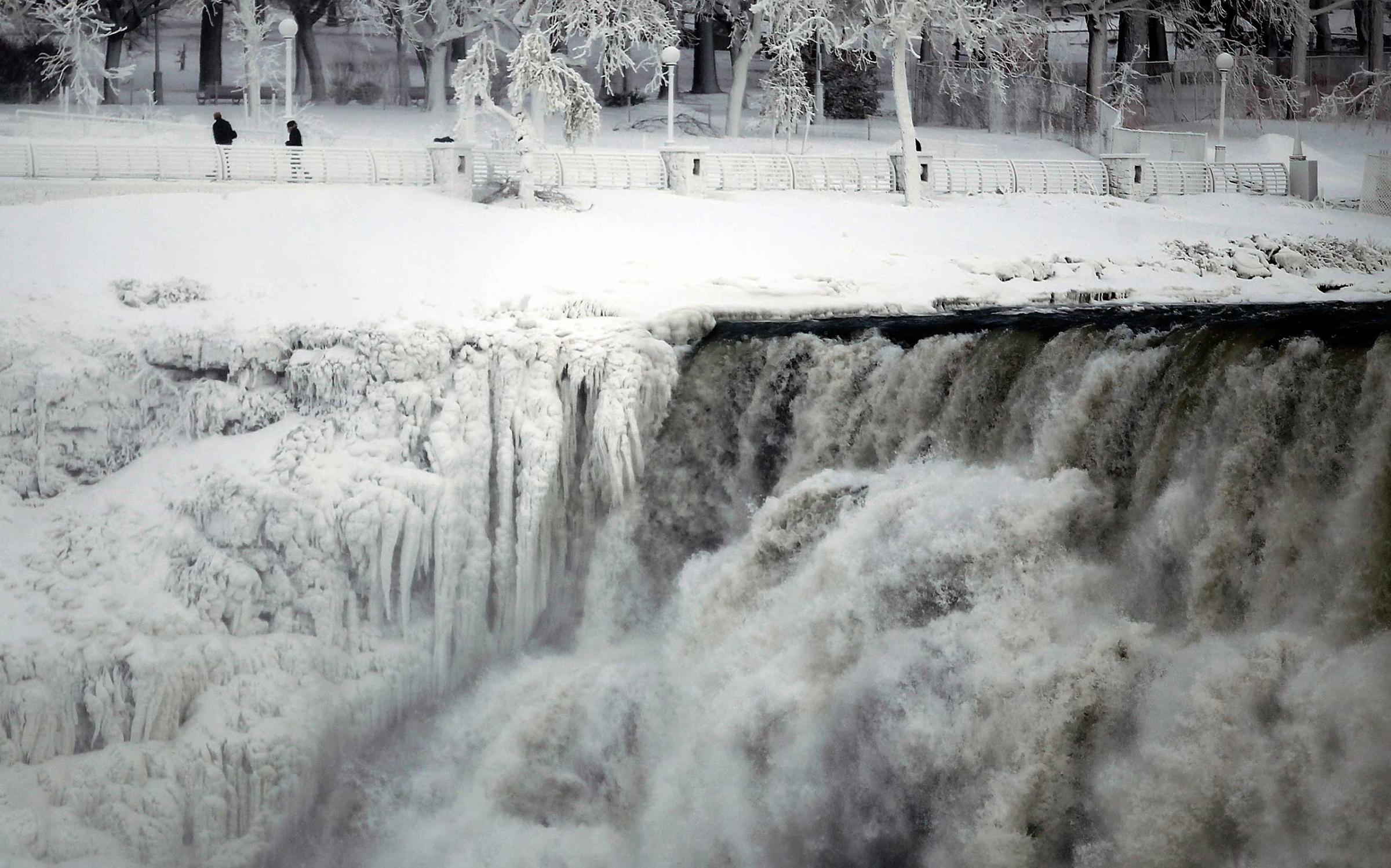

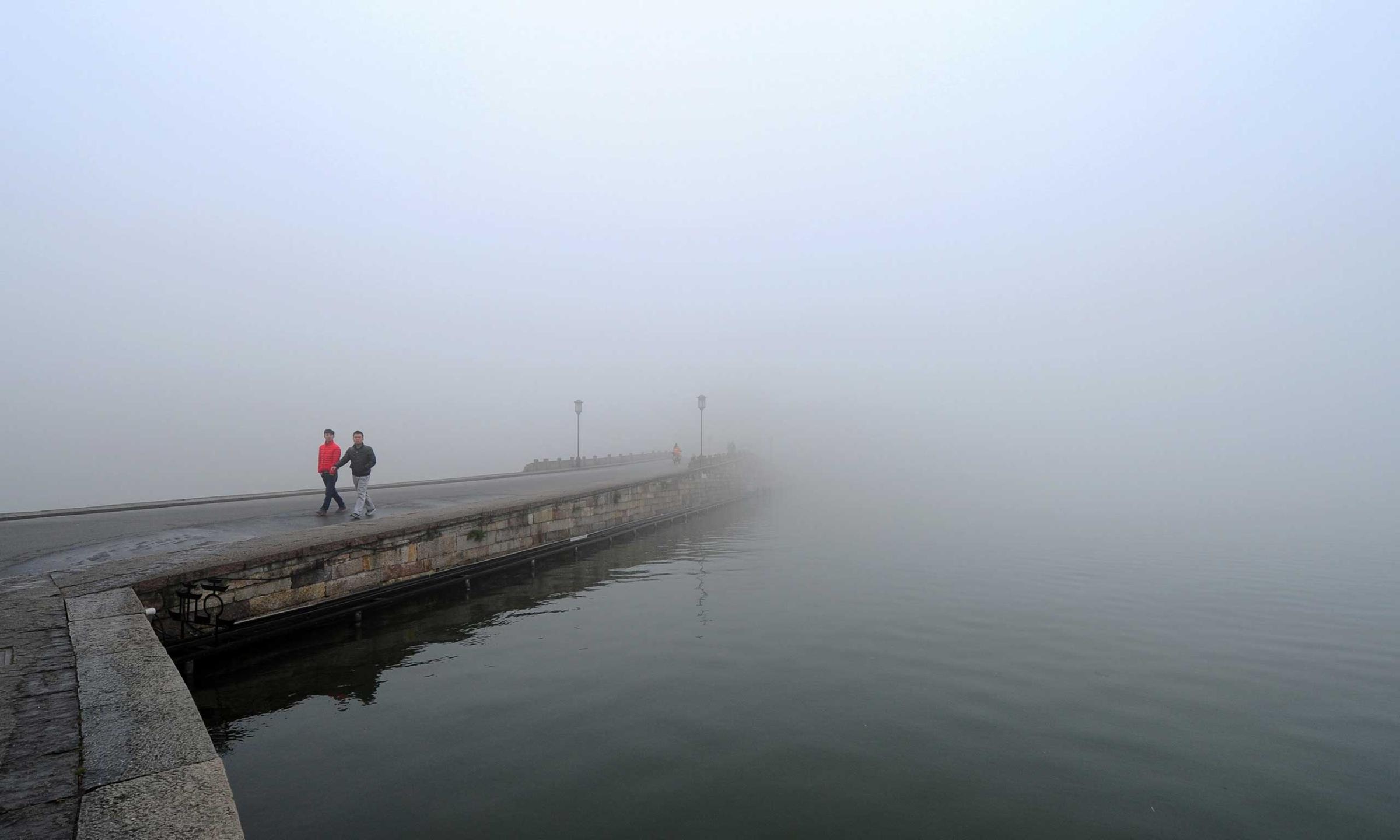



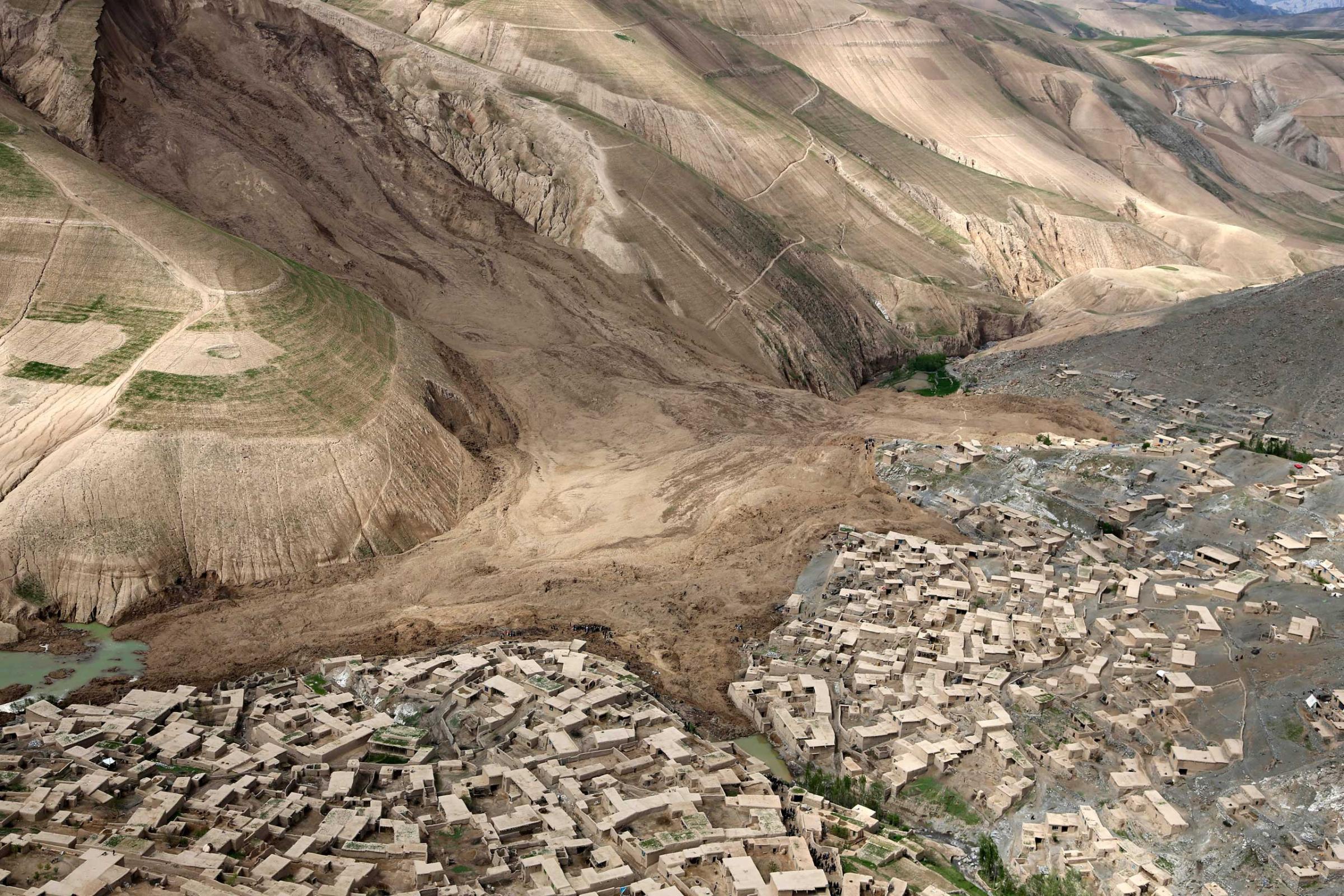

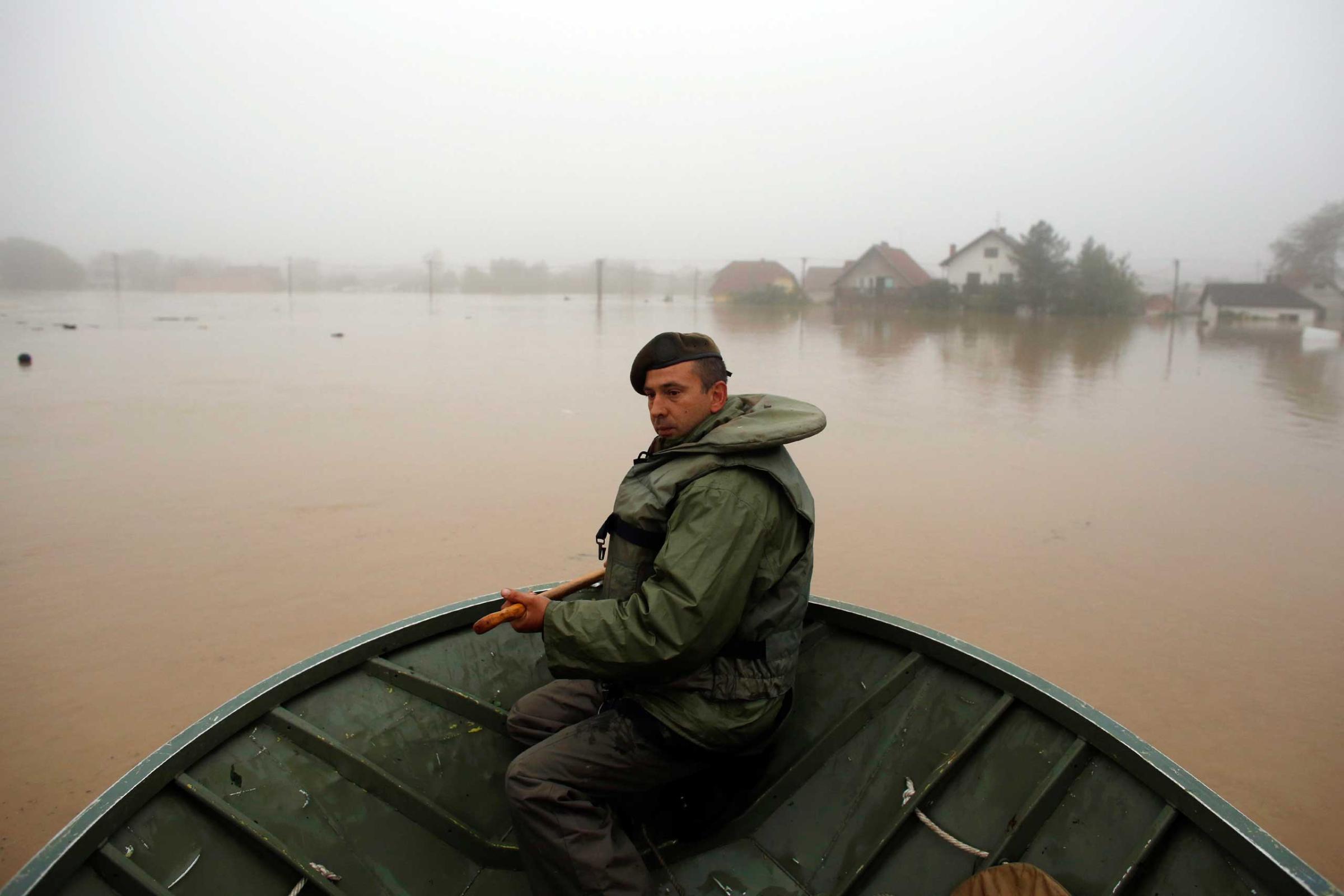

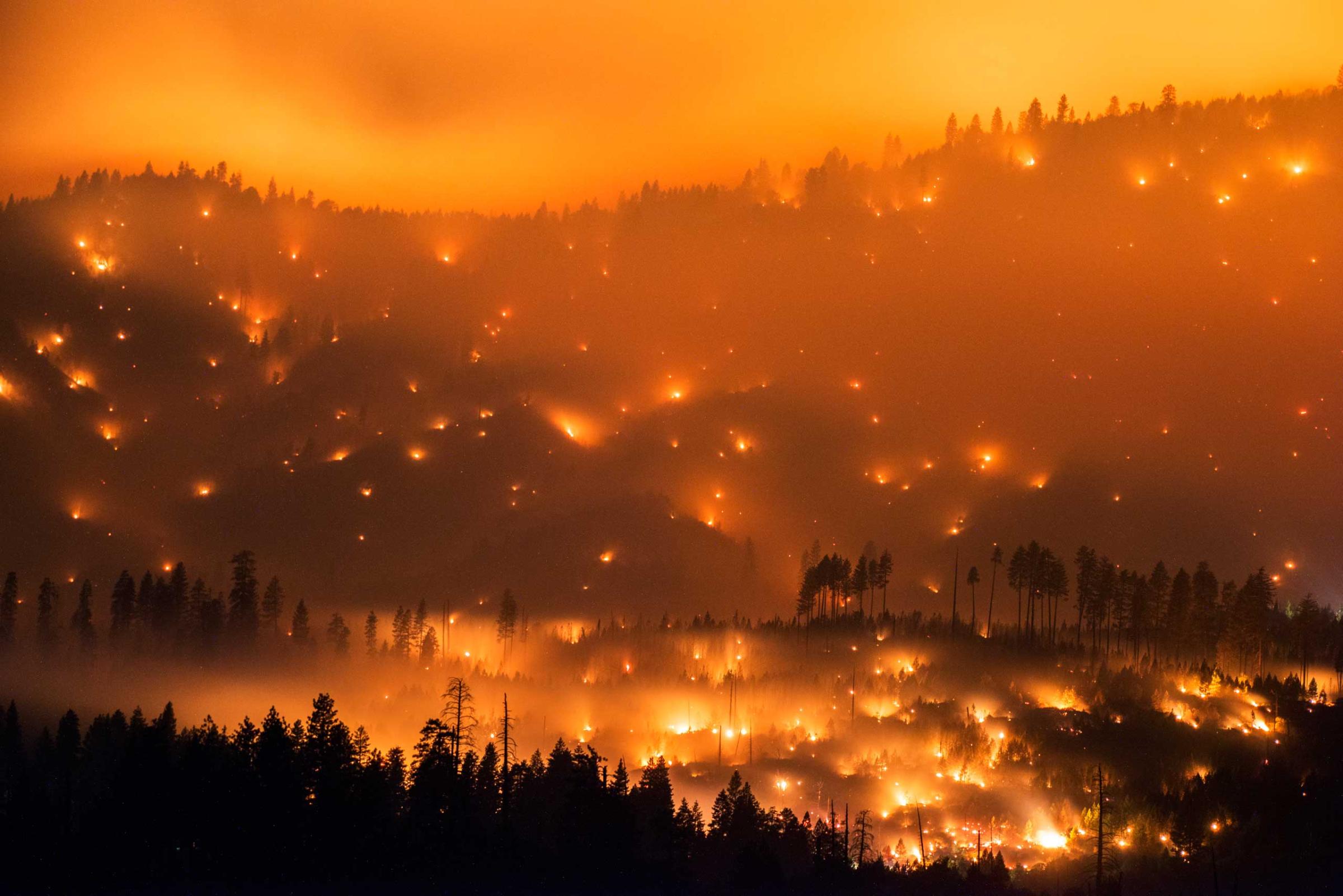
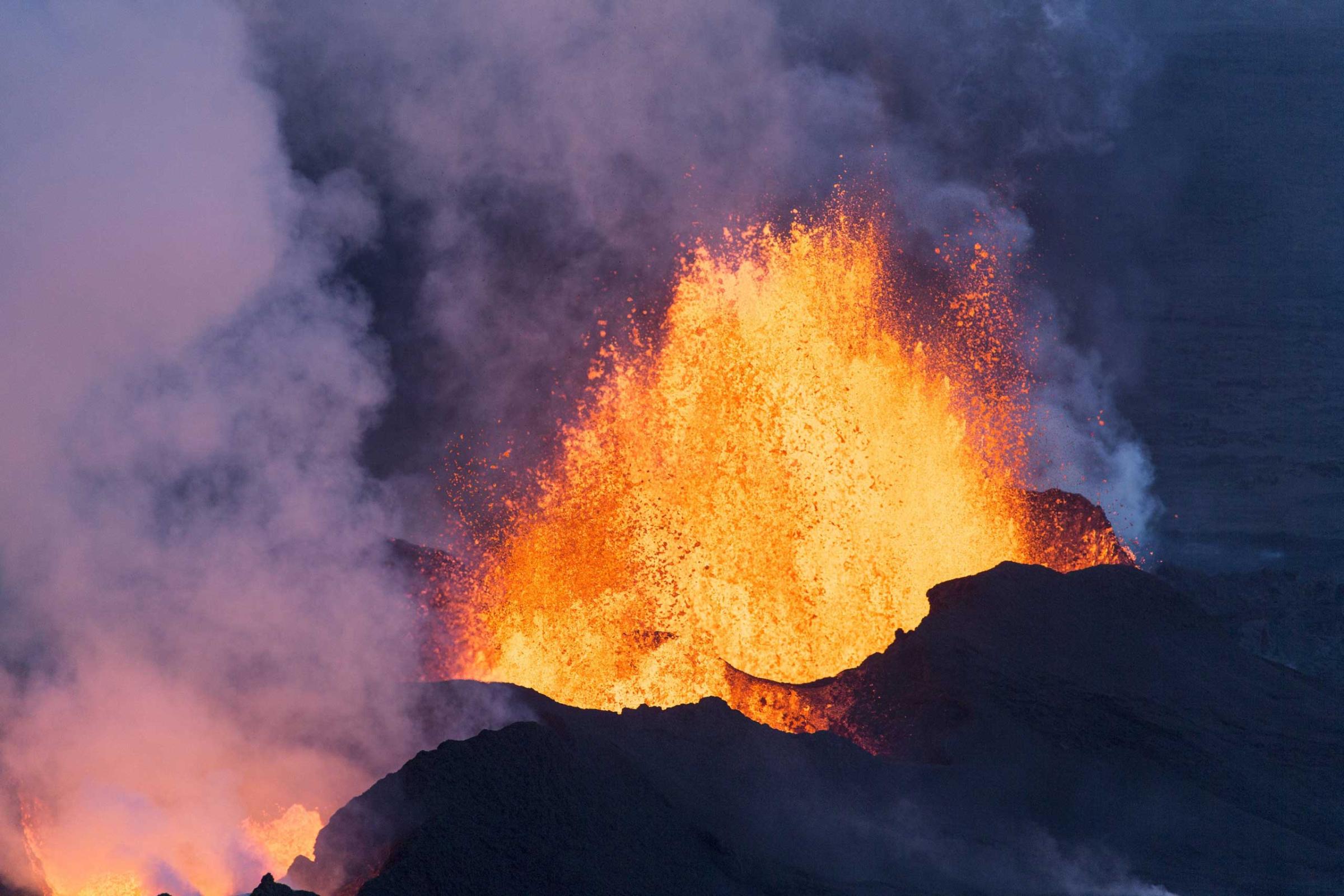


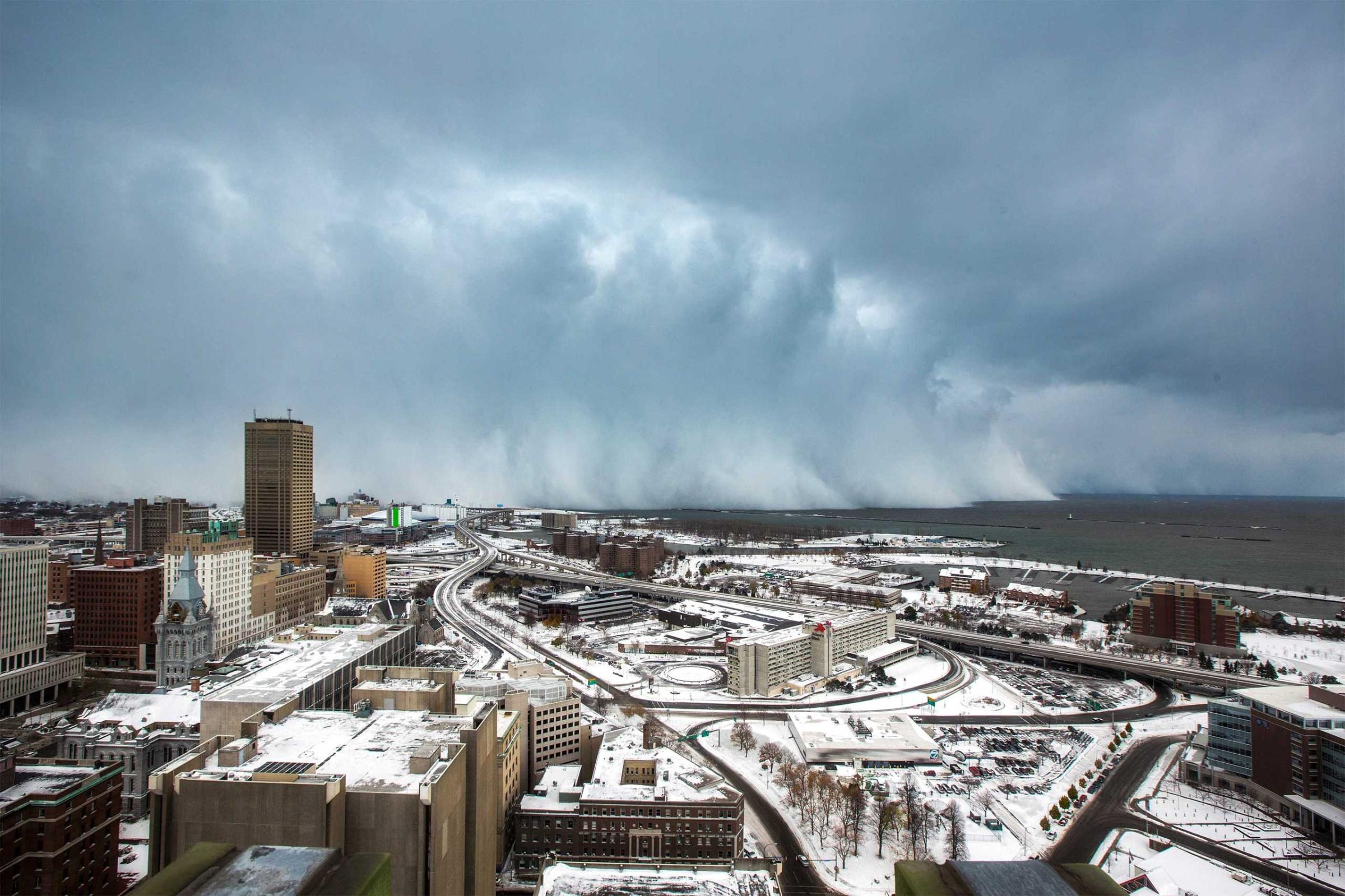
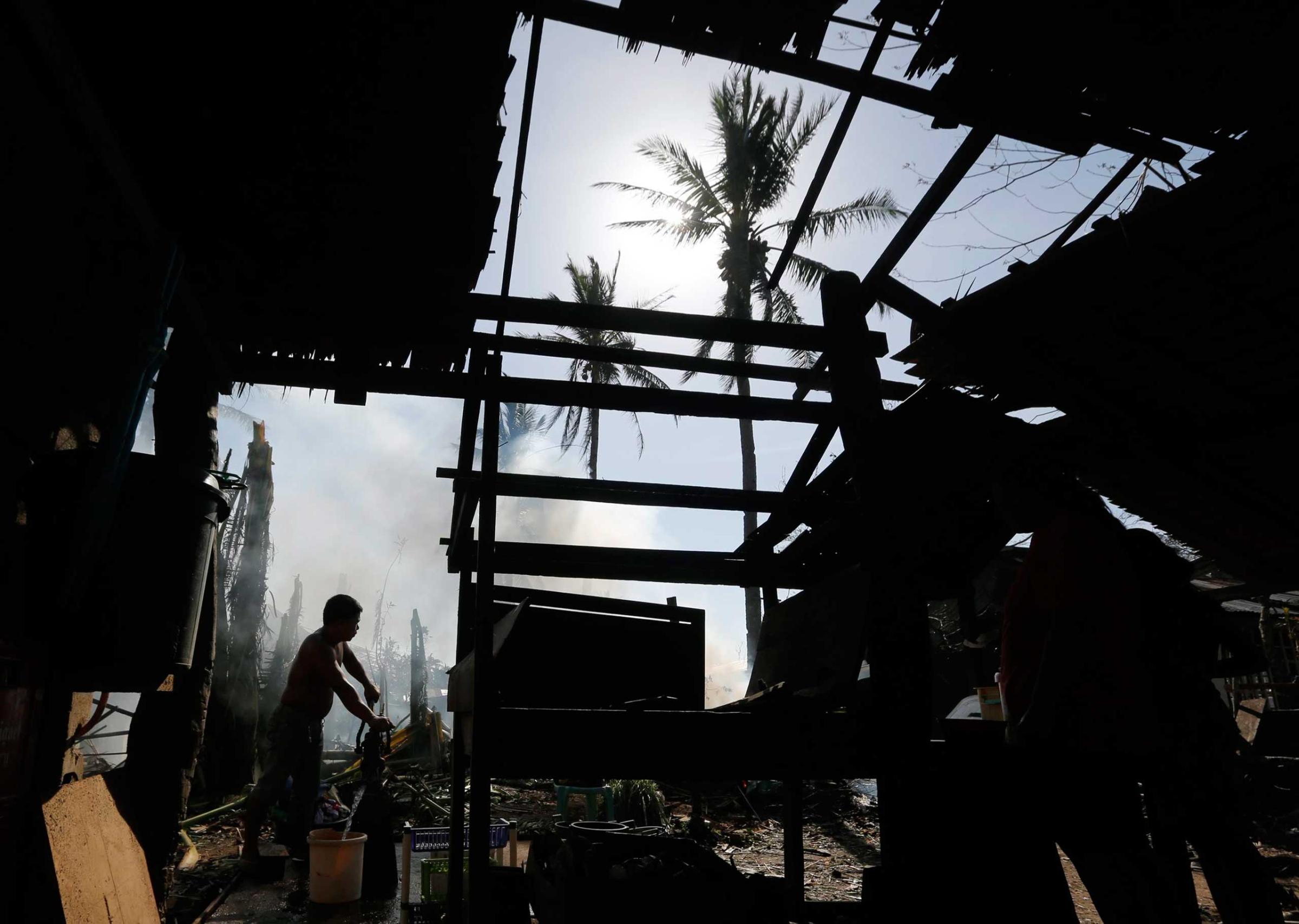
Read More: 3 Places Where the Next Big Earthquake Could Hit
4. A California earthquake could be felt on the East Coast
An earthquake in California may be felt in Nevada and other neighboring states, but it would never be felt on the East Coast. Certainly, it wouldn’t cause damage to the White House as San Andreas suggests.
5. Seismologists can predict earthquakes
In San Andreas, Paul Giamatti plays a California Institute of Technology (Caltech) who has discovered the key to predicting when and where earthquakes can occur. But real-life Caltech assistant professor Jean-Paul Ampuero says predicting earthquakes is not something seismologists are even close to doing. He called it the “holy grail” of seismology. Seismologists wish they could discover a way to predict earthquakes, but most evidence suggests it’s impossible. That said, some disaster preparedness experts advocate for an early warning systems that will alert people to an approaching earthquake. This technology doesn’t predict earthquakes but rather alerts affected residents that one has begun.
But San Andreas got one thing right: you should prepare for an earthquake
While seismologists panned the science in San Andreas, they praised its focus on preparedness. The main characters know exactly what to do when the big one hits. One character tells people to get under a table and hold. Another points out that landlines will still work when cellular service is down and directs people to higher ground when there’s a tsunami warning.
“Although the science part is wrong, that’s not going to be your experience of an earthquake. Your experience is going to be an emotional experience,” said Jones. “I would hope people look at this and say ‘I really want to get some of that emergency response training.’”
PHOTOS: Dwayne "The Rock" Johnson's Career Over the Years





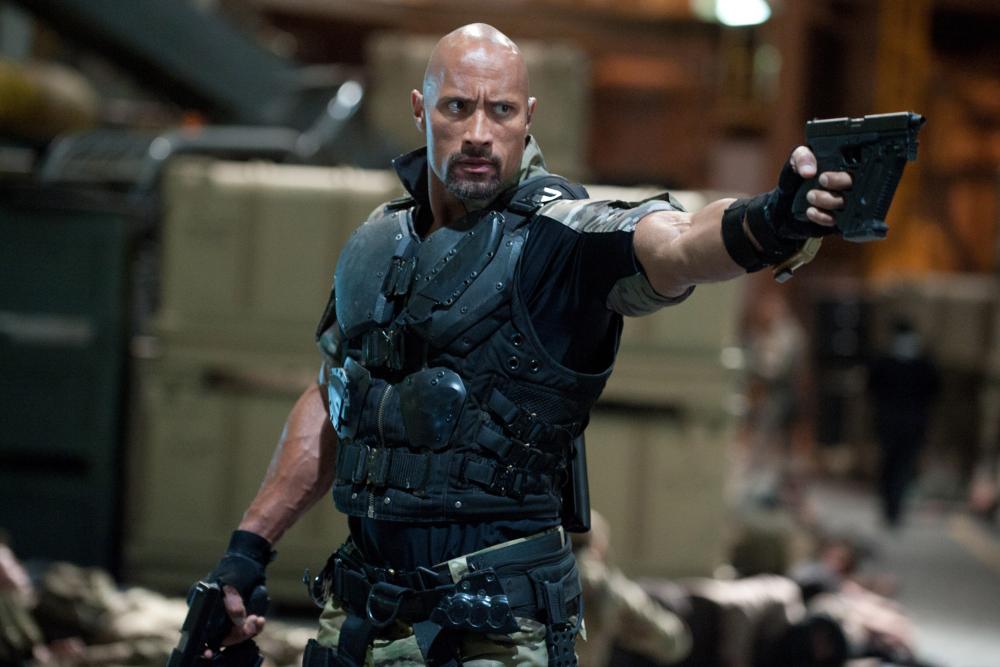

More Must-Reads from TIME
- Caitlin Clark Is TIME's 2024 Athlete of the Year
- Where Trump 2.0 Will Differ From 1.0
- Is Intermittent Fasting Good or Bad for You?
- The 100 Must-Read Books of 2024
- Column: If Optimism Feels Ridiculous Now, Try Hope
- The Future of Climate Action Is Trade Policy
- FX’s Say Nothing Is the Must-Watch Political Thriller of 2024
- Merle Bombardieri Is Helping People Make the Baby Decision
Write to Justin Worland at justin.worland@time.com